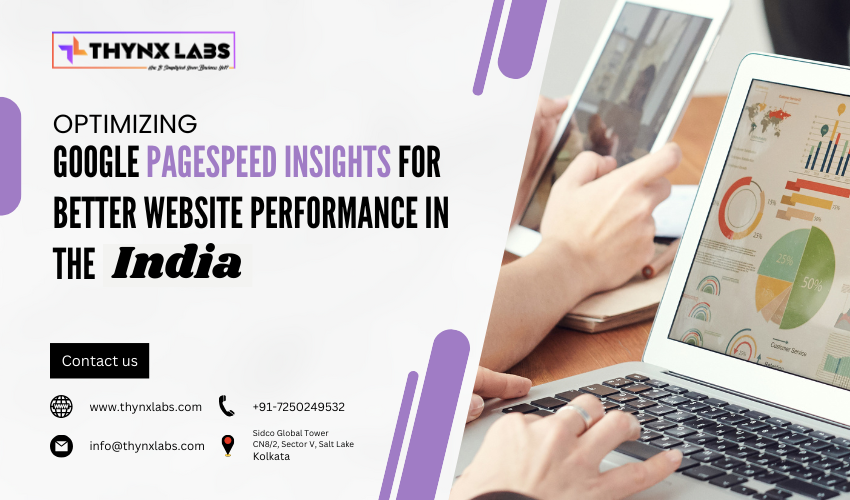Interpreting Google Analytics for SEO
Interpreting Google Analytics for SEO: A Comprehensive Guide
In the digital realm, data is king, and understanding the data generated by your website is crucial for successful search engine optimization (SEO). Google Analytics provides a treasure trove of insights that can guide your SEO efforts, helping you make informed decisions to improve your website's performance. In this guide, we'll delve into the world of Google Analytics and explore how to interpret its data to boost your SEO strategies.
Introduction to Google Analytics and SEO
Google Analytics is a powerful web analytics tool that provides detailed information about website traffic, user behavior, and engagement. By interpreting this data, you can gain valuable insights into how users interact with your website, enabling you to refine your SEO strategies.
Setting Up Google Analytics for SEO Insights
Before diving into data interpretation, ensure your website is properly connected to Google Analytics. Set up a Google Analytics account, generate a tracking code, and integrate it into your website. This tracking code will collect data that's crucial for your SEO analysis.
Key Metrics for SEO Analysis
Organic Search Traffic
Monitor the organic search traffic metric to gauge the number of visitors who found your site through search engines. This metric reflects the effectiveness of your SEO efforts in driving relevant traffic.
Bounce Rate and Engagement
Bounce rate measures the percentage of visitors who navigate away from your site after viewing only one page. A high bounce rate may indicate that visitors aren't finding what they need. Analyze engagement metrics like time on site and pages per session to understand user behavior.
Conversion Rates
Conversion rates indicate the percentage of visitors who complete desired actions, such as signing up for a newsletter or making a purchase. Tracking these rates helps you understand the effectiveness of your website in achieving its goals.
Page Load Speed
Page load speed directly impacts user experience and SEO rankings. Slow-loading pages can lead to high bounce rates and lower search engine rankings.
Analyzing User Behavior
Behavior Flow
The Behavior Flow report in Google Analytics illustrates the path users take through your site. This visualization can highlight popular entry points and the most common user journeys.
Landing and Exit Pages
Identify the pages where users enter your site and the pages where they exit. Analyze these pages to optimize content and calls to action.
Site Search Analysis
If your site has a search bar, track what visitors are searching for. This data provides insights into user intent and can guide your content strategy.
Understanding Audience Insights
Demographics and Interests
Google Analytics provides demographic information about your visitors, such as age, gender, and interests. This data can help tailor your content to better resonate with your audience.
Mobile vs. Desktop Traffic
Analyze the split between mobile and desktop users. With the rise of mobile browsing, ensuring your site is mobile-friendly is crucial for both user experience and SEO.
Utilizing Acquisition Reports
Channels and Source/Medium
These reports reveal how visitors arrive at your site. Understanding which channels drive the most traffic can guide your marketing efforts.
Referral Traffic Analysis
Identify websites that refer traffic to your site. Building relationships with these sites can lead to valuable backlinks, enhancing your SEO.
Campaign Performance
If you're running online campaigns, track their performance using UTM parameters. This allows you to measure the impact of different campaigns on your website's traffic.
Tracking and Improving SEO Performance
Setting Up Goals and Conversions
Define goals within Google Analytics, such as form submissions or e-commerce transactions. Tracking these goals helps measure the success of your SEO strategies.
E-commerce Tracking
For online stores, enable e-commerce tracking to gain insights into revenue, conversion rates, and product performance.
Site Speed Optimization
Use Google Analytics to identify pages with slow load times. Improve these pages to enhance user experience and SEO rankings.
Leveraging Google Analytics for Content Strategy
Top Performing Pages
Identify pages with high traffic and engagement. Analyze their content and structure to replicate their success on other pages.
Site Search Data for Content Ideas
Review site search data to understand what users are looking for. Create content that addresses these queries to increase relevance and attract more visitors.
Monitoring SEO Progress Over Time
Custom Reports and Dashboards
Create custom reports and dashboards in Google Analytics to focus on specific metrics that matter most to your SEO strategy.
Regular Data Review and Actionable Insights
Regularly review your data to identify trends and areas for improvement. Use these insights to refine your SEO tactics over time.
Conclusion
Interpreting Google Analytics data for SEO isn't just about numbers—it's about understanding user behavior and using that knowledge to enhance your website's performance. By mastering the art of data interpretation, you'll be equipped to optimize your site, engage your audience, and achieve your SEO goals.
FAQs
Q.1 What is Google Analytics?
Google Analytics is a web analytics tool that provides insights into website traffic, user behavior, and engagement.
Q.2 How do I set up Google Analytics for my website?
Set up a Google Analytics account, generate a tracking code, and integrate it into your website's code.
Q.3 What is the bounce rate in Google Analytics?
Bounce rate is the percentage of visitors who leave your site after viewing only one page. A high bounce rate may indicate issues with user experience or relevance.
Q.4 Why is conversion tracking important in SEO?
Conversion tracking helps measure the effectiveness of your SEO efforts by tracking user actions that align with your website's goals.
Q.5 How can Google Analytics help with content strategy?
Google Analytics provides insights into top-performing pages and user search queries. This data can guide your content creation efforts for better relevance and engagement.


